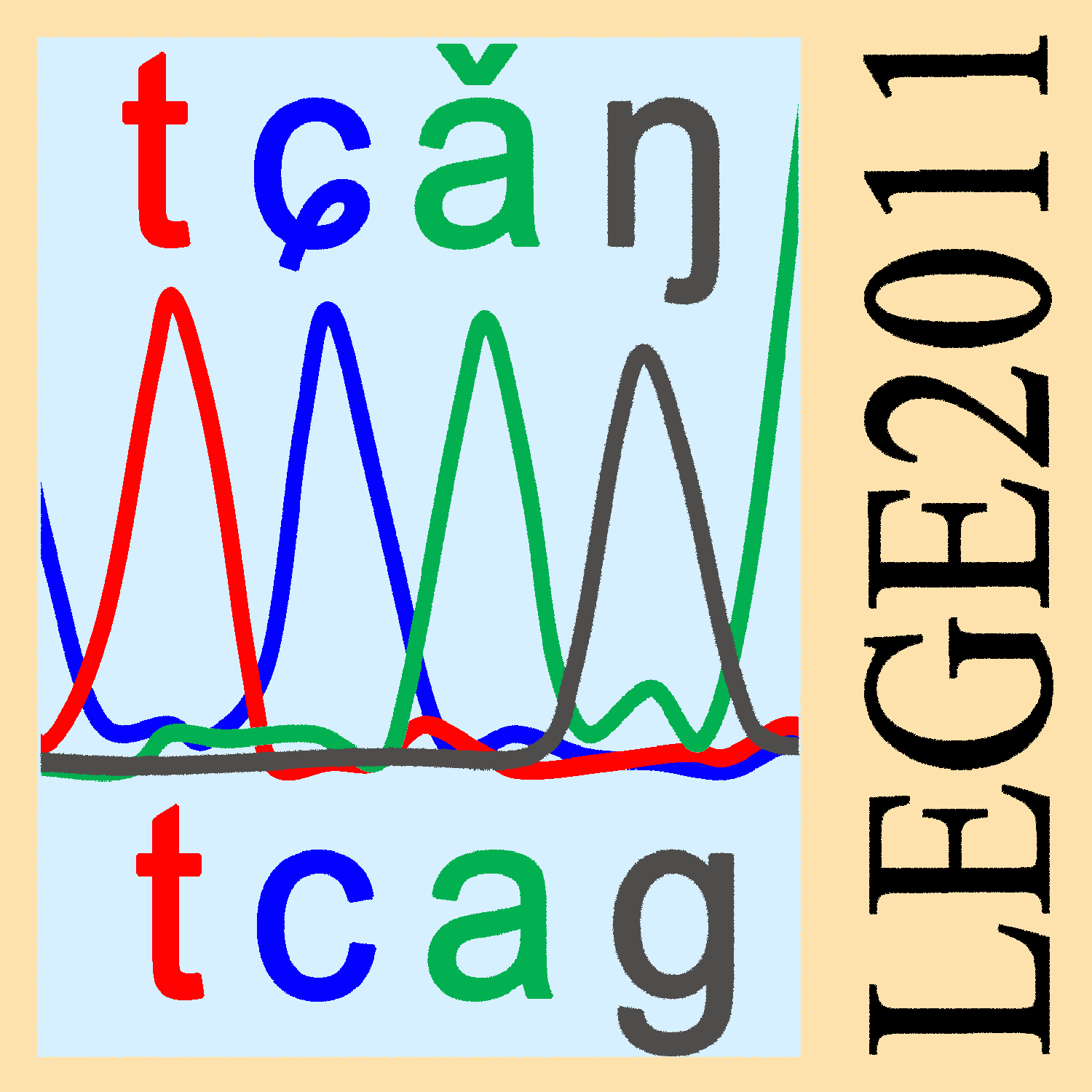 COM.on C.A.5:e44/273-280
Online published on
Dec.15, 2011.
COM.on C.A.5:e44/273-280
Online published on
Dec.15, 2011.doi:10.4236/coca.2011.51044
 COM.on C.A.5:e44/273-280
Online published on
Dec.15, 2011.
COM.on C.A.5:e44/273-280
Online published on
Dec.15, 2011.Da Di, Alicia Sanchez-Mazas
Laboratory of Anthropology, Genetics and Peopling history, University of Geneva, Switzerland
Key words: HLA system, modern human origin, continental East Asia
Recieved: Sep.18, 2011 Accepted: Nov.30, 2011 Corresponding: Da.Di@unige.ch
《现代人类学通讯》第五卷e44篇 第273-280页 2011年12月15日网上发行
会议报告
人类白细胞抗原系统所揭示的东亚大陆地区人类迁徙史
邸达,艾莉西亚•桑切斯-玛萨斯
日内瓦大学遗传与进化学系 人类学、遗传学与人类定居史实验室, 瑞士
摘要:东亚地区的现代人起源是分子人类学的热点课题之一。近年来,学者通过研究Y染色体、线粒体DNA以及单核苷酸多态性(SNP)等遗传标记物的单倍型在东亚南北地区人群中的分布差异,得出最早进入东亚的现代人自南向北扩展的结论。然而,在分子人类学领域中扮演重要角色的人类白细胞抗原系统(HLA system),在东亚尚未得到广泛深入的研究。因此,我们收集了东亚大陆地区的76个人群的HLA分型数据,共涉及五个经典基因座(A、B、C、DPB1、DRB1),并对这些数据进行了统计学分析。结果表明,一些HLA等位基因在东亚南北人群中的分布有明显差异,而人群的基因杂合度(heterozygosity)则自北向南逐渐下降,这些结果支持了自南向北迁徙线路的存在,同时也揭示出由东亚西北部进入东亚的现代人类也应对东亚人群的遗传结构产生过古老而重要的影响。
关键词:人类白细胞抗原系统;现代人起源;东亚大陆地区
收稿日期:2011年9月18日
修回日期:2011年11月30日
联系人:邸达
Da.Di@unige.ch